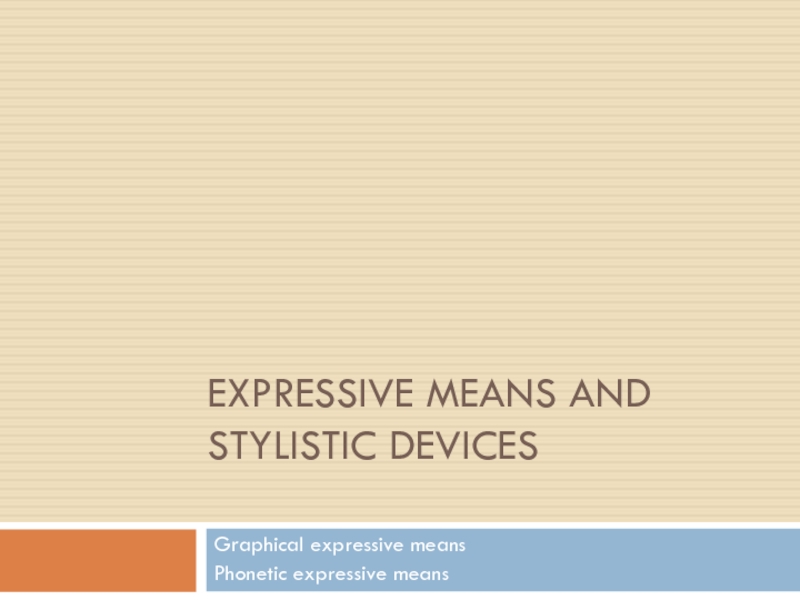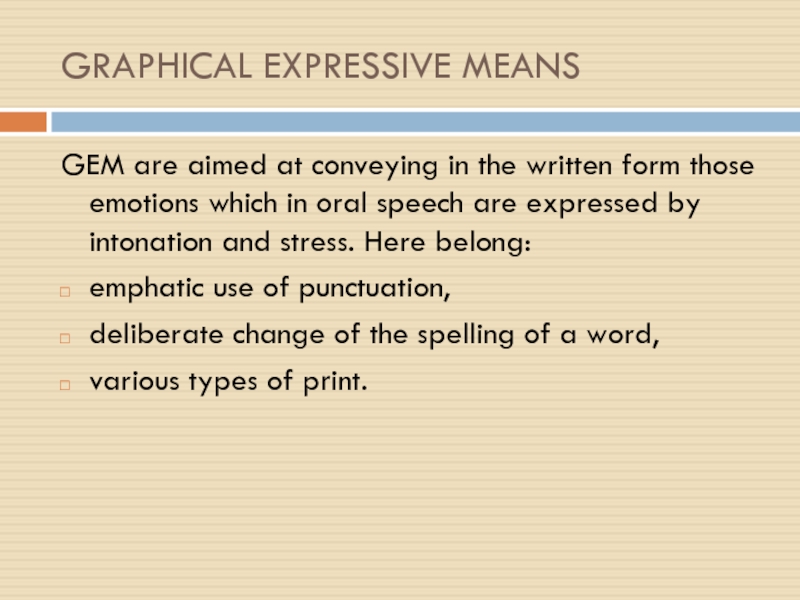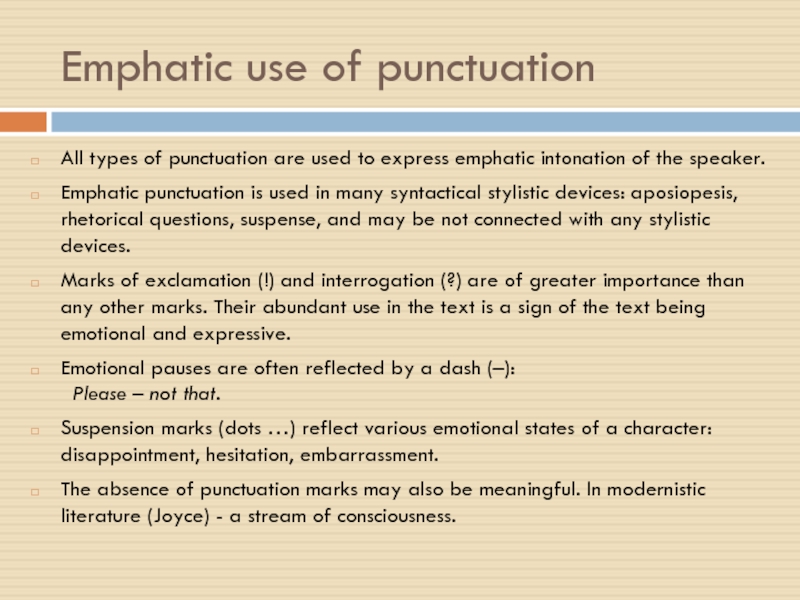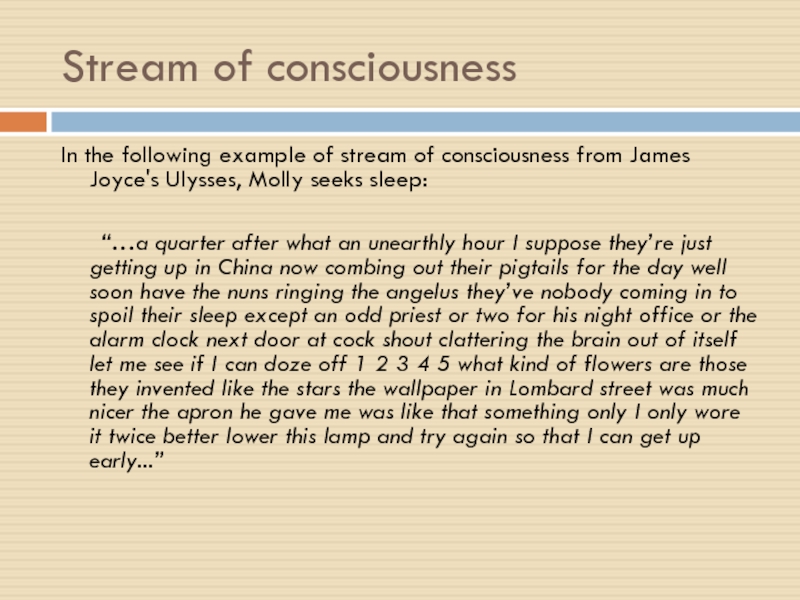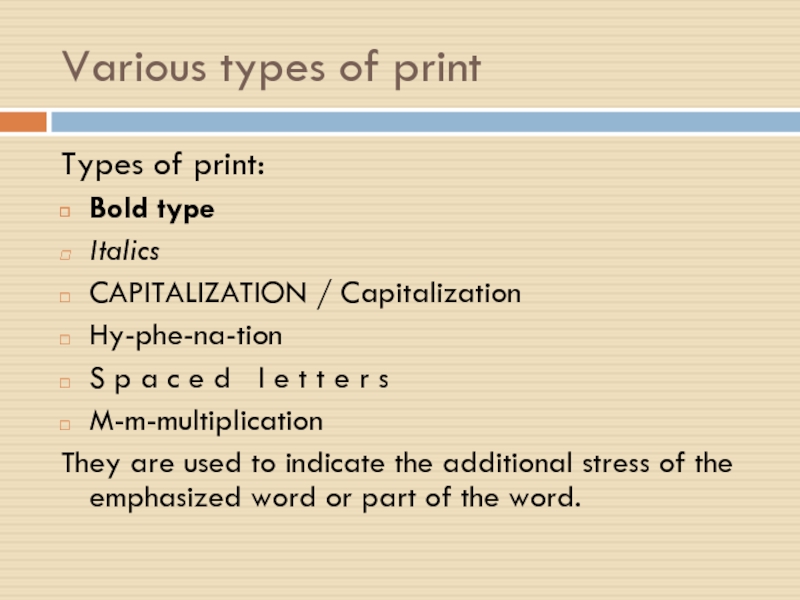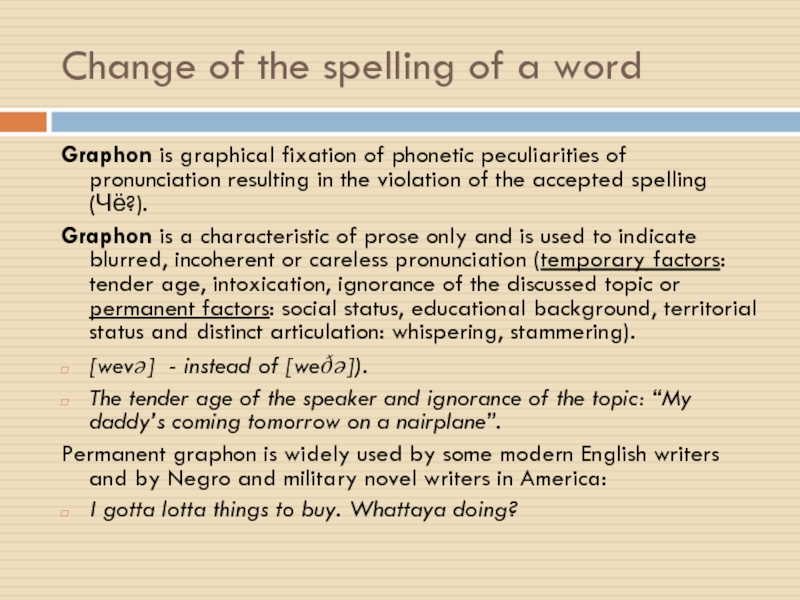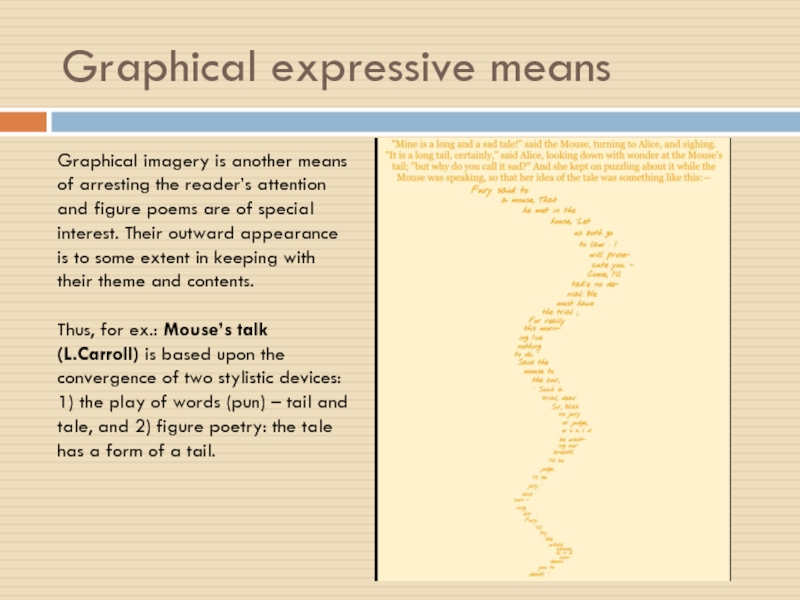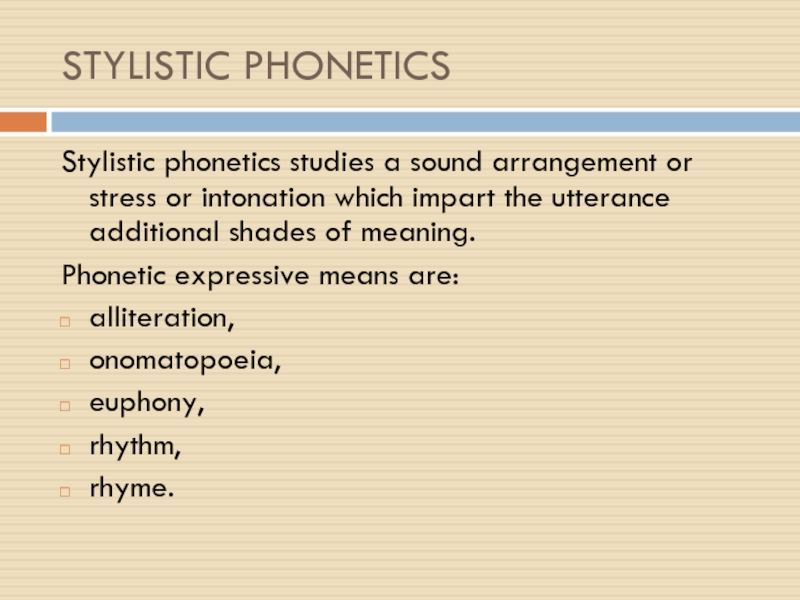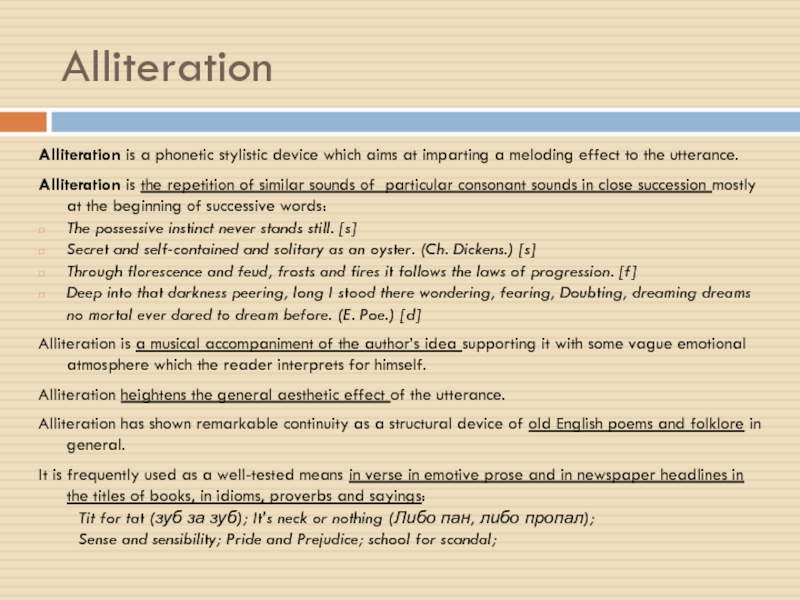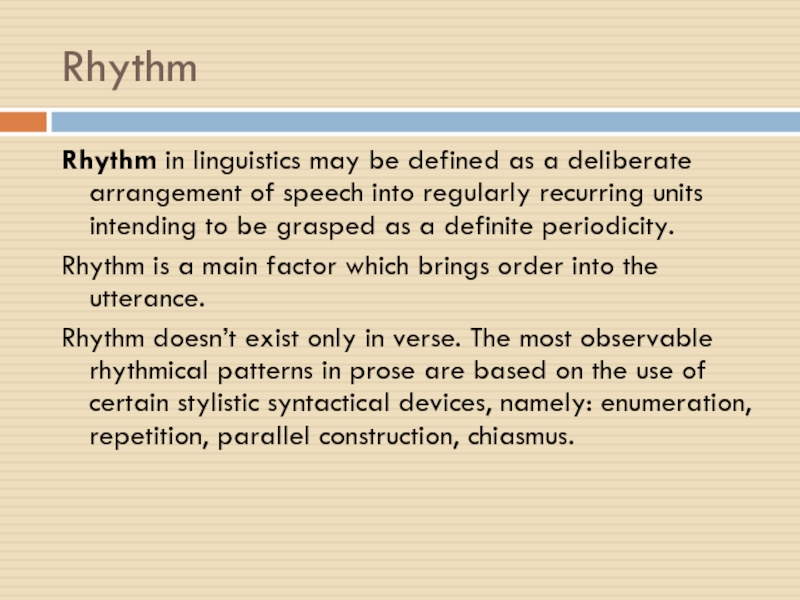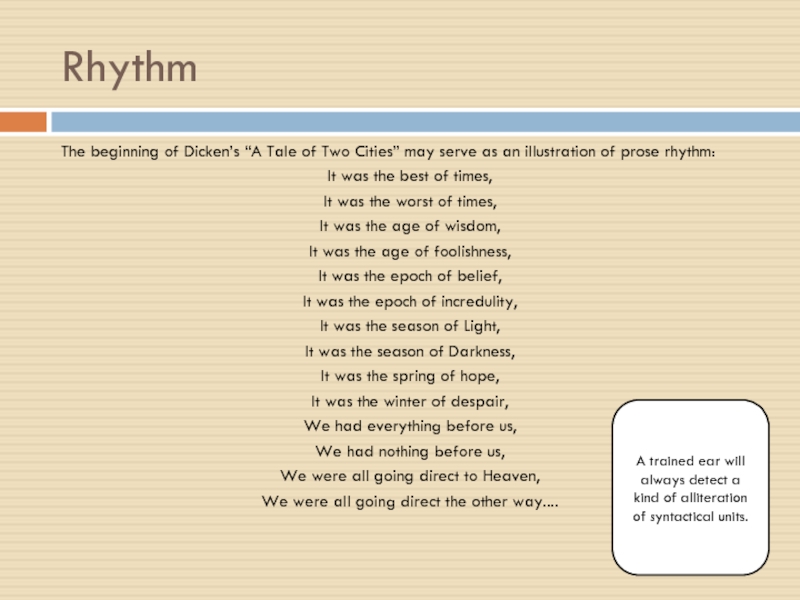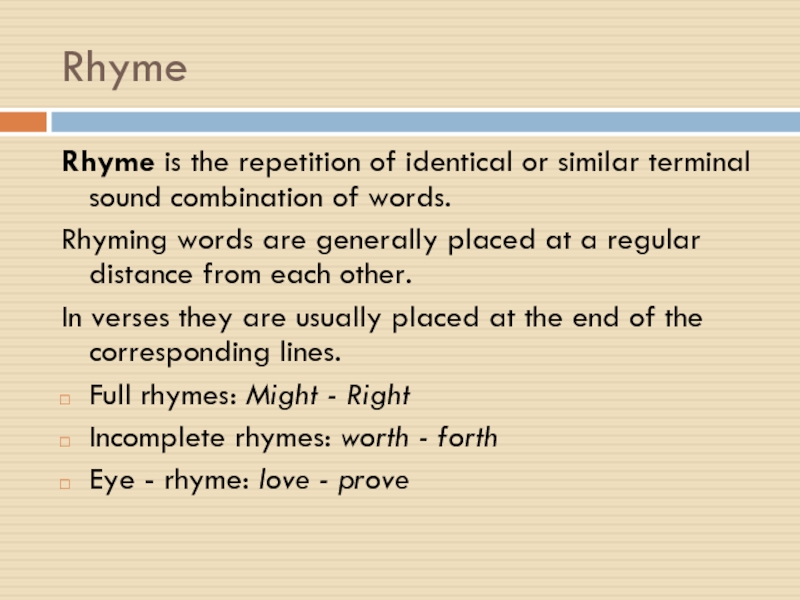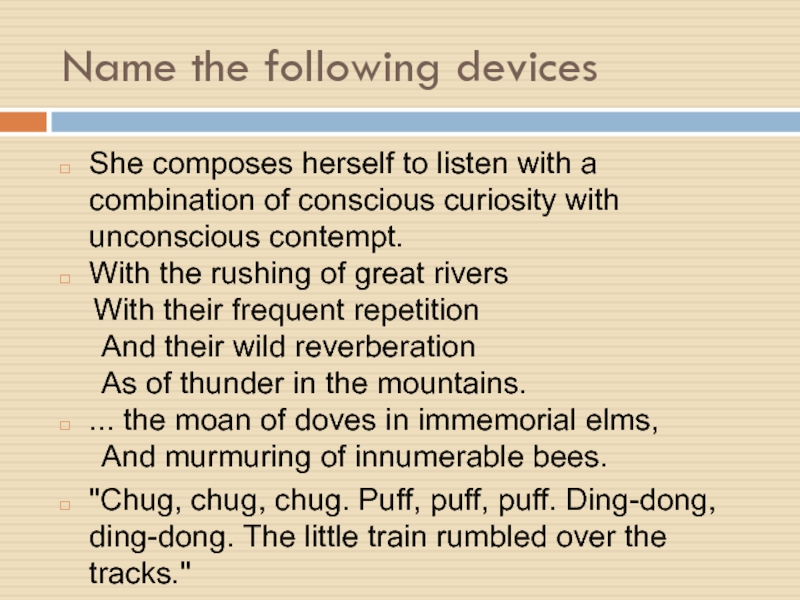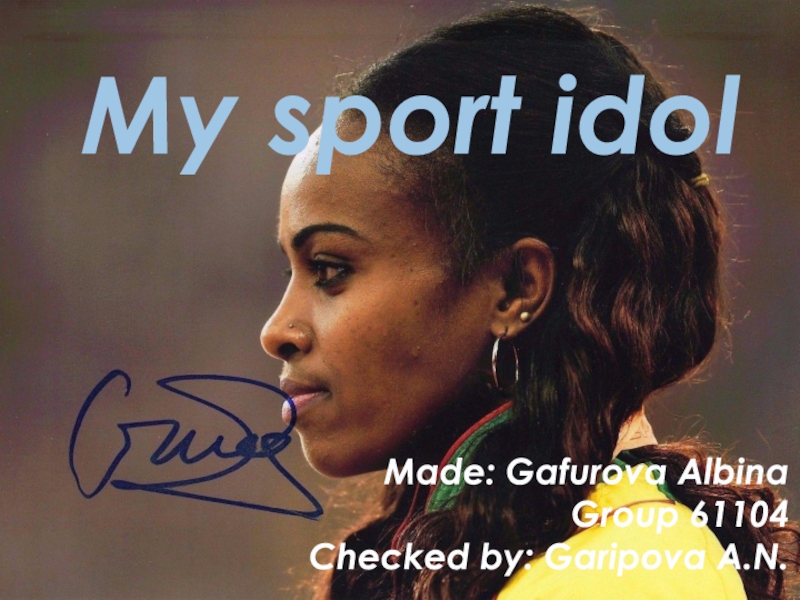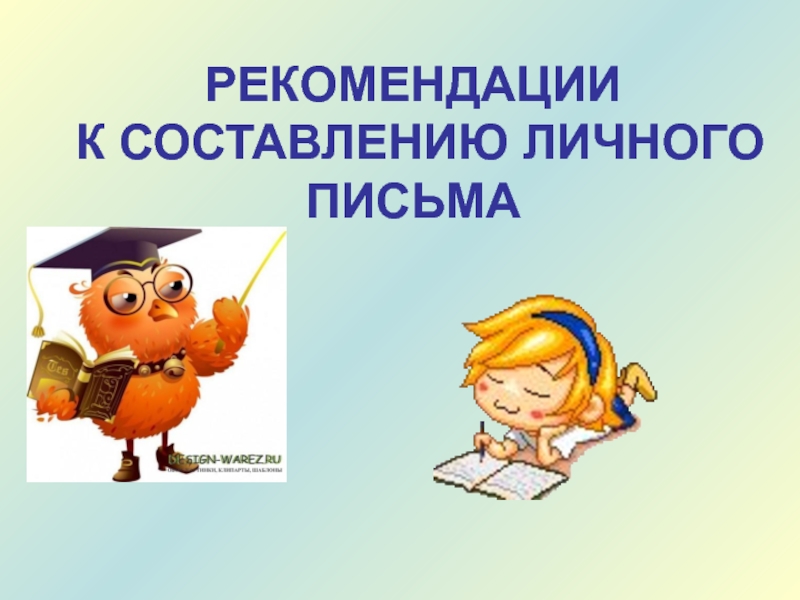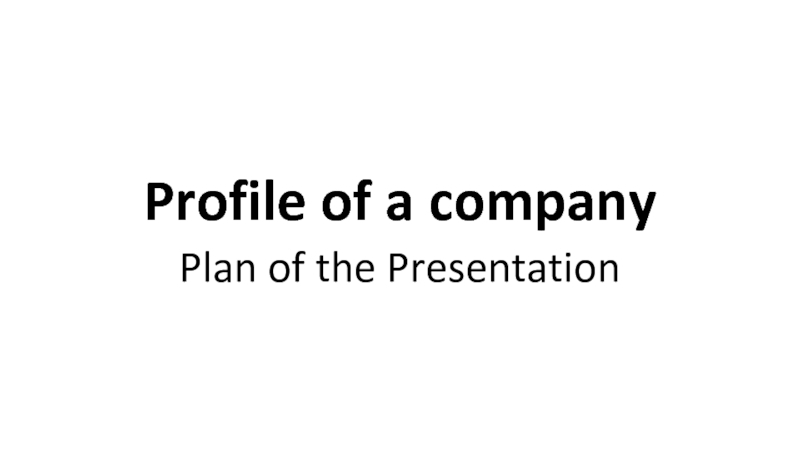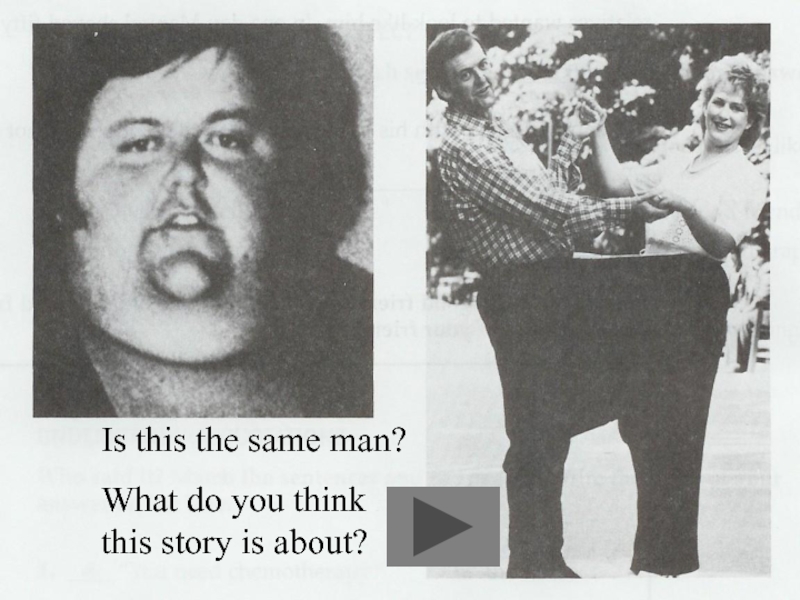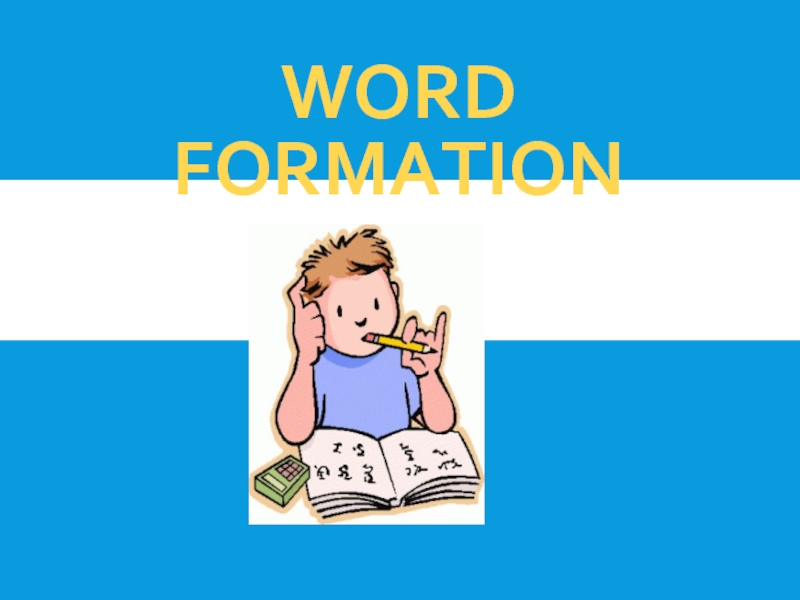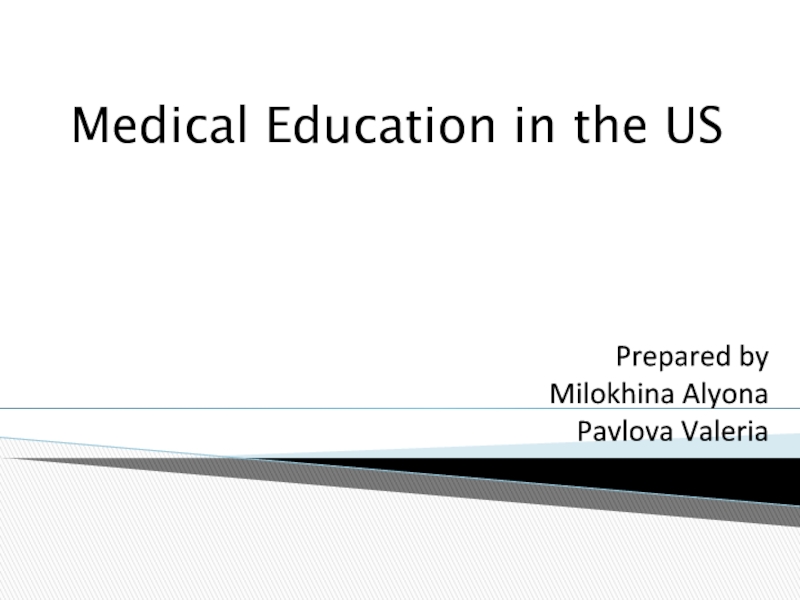- Главная
- Разное
- Дизайн
- Бизнес и предпринимательство
- Аналитика
- Образование
- Развлечения
- Красота и здоровье
- Финансы
- Государство
- Путешествия
- Спорт
- Недвижимость
- Армия
- Графика
- Культурология
- Еда и кулинария
- Лингвистика
- Английский язык
- Астрономия
- Алгебра
- Биология
- География
- Детские презентации
- Информатика
- История
- Литература
- Маркетинг
- Математика
- Медицина
- Менеджмент
- Музыка
- МХК
- Немецкий язык
- ОБЖ
- Обществознание
- Окружающий мир
- Педагогика
- Русский язык
- Технология
- Физика
- Философия
- Химия
- Шаблоны, картинки для презентаций
- Экология
- Экономика
- Юриспруденция
Phonetic and Graphic means презентация
Содержание
- 1. Phonetic and Graphic means
- 2. GRAPHICAL EXPRESSIVE MEANS GEM are
- 3. Emphatic use of punctuation All types of
- 4. Stream of consciousness In the following example
- 5. Various types of print Types of print:
- 6. Change of the spelling of a word
- 7. Graphical expressive means Graphical imagery is another
- 8. STYLISTIC PHONETICS Stylistic
- 9. Alliteration Alliteration is a phonetic stylistic device
- 10. Onomatopoeia Onomatopoeia (звукоподражание) – a sound
- 12. Euphony Euphony (благозвучие) consists in a pleasing
- 13. Rhythm Rhythm in linguistics may be defined
- 14. Rhythm The beginning of Dicken’s “A Tale
- 15. Rhyme Rhyme is the repetition of identical
- 16. Name the following devices She composes herself
Слайд 2
GRAPHICAL EXPRESSIVE MEANS
GEM are aimed at conveying in the written form
those emotions which in oral speech are expressed by intonation and stress. Here belong:
emphatic use of punctuation,
deliberate change of the spelling of a word,
various types of print.
emphatic use of punctuation,
deliberate change of the spelling of a word,
various types of print.
Слайд 3Emphatic use of punctuation
All types of punctuation are used to express
emphatic intonation of the speaker.
Emphatic punctuation is used in many syntactical stylistic devices: aposiopesis, rhetorical questions, suspense, and may be not connected with any stylistic devices.
Marks of exclamation (!) and interrogation (?) are of greater importance than any other marks. Their abundant use in the text is a sign of the text being emotional and expressive.
Emotional pauses are often reflected by a dash (–):
Please – not that.
Suspension marks (dots …) reflect various emotional states of a character: disappointment, hesitation, embarrassment.
The absence of punctuation marks may also be meaningful. In modernistic literature (Joyce) - a stream of consciousness.
Emphatic punctuation is used in many syntactical stylistic devices: aposiopesis, rhetorical questions, suspense, and may be not connected with any stylistic devices.
Marks of exclamation (!) and interrogation (?) are of greater importance than any other marks. Their abundant use in the text is a sign of the text being emotional and expressive.
Emotional pauses are often reflected by a dash (–):
Please – not that.
Suspension marks (dots …) reflect various emotional states of a character: disappointment, hesitation, embarrassment.
The absence of punctuation marks may also be meaningful. In modernistic literature (Joyce) - a stream of consciousness.
Слайд 4Stream of consciousness
In the following example of stream of consciousness from
James Joyce's Ulysses, Molly seeks sleep:
“…a quarter after what an unearthly hour I suppose they’re just getting up in China now combing out their pigtails for the day well soon have the nuns ringing the angelus they’ve nobody coming in to spoil their sleep except an odd priest or two for his night office or the alarm clock next door at cock shout clattering the brain out of itself let me see if I can doze off 1 2 3 4 5 what kind of flowers are those they invented like the stars the wallpaper in Lombard street was much nicer the apron he gave me was like that something only I only wore it twice better lower this lamp and try again so that I can get up early...”
“…a quarter after what an unearthly hour I suppose they’re just getting up in China now combing out their pigtails for the day well soon have the nuns ringing the angelus they’ve nobody coming in to spoil their sleep except an odd priest or two for his night office or the alarm clock next door at cock shout clattering the brain out of itself let me see if I can doze off 1 2 3 4 5 what kind of flowers are those they invented like the stars the wallpaper in Lombard street was much nicer the apron he gave me was like that something only I only wore it twice better lower this lamp and try again so that I can get up early...”
Слайд 5Various types of print
Types of print:
Bold type
Italics
CAPITALIZATION / Capitalization
Hy-phe-na-tion
S p a
c e d l e t t e r s
M-m-multiplication
They are used to indicate the additional stress of the emphasized word or part of the word.
M-m-multiplication
They are used to indicate the additional stress of the emphasized word or part of the word.
Слайд 6Change of the spelling of a word
Graphon is graphical fixation of
phonetic peculiarities of pronunciation resulting in the violation of the accepted spelling (Чё?).
Graphon is a characteristic of prose only and is used to indicate blurred, incoherent or careless pronunciation (temporary factors: tender age, intoxication, ignorance of the discussed topic or permanent factors: social status, educational background, territorial status and distinct articulation: whispering, stammering).
[wevə] - instead of [weðə]).
The tender age of the speaker and ignorance of the topic: “My daddy’s coming tomorrow on a nairplane”.
Permanent graphon is widely used by some modern English writers and by Negro and military novel writers in America:
I gotta lotta things to buy. Whattaya doing?
Graphon is a characteristic of prose only and is used to indicate blurred, incoherent or careless pronunciation (temporary factors: tender age, intoxication, ignorance of the discussed topic or permanent factors: social status, educational background, territorial status and distinct articulation: whispering, stammering).
[wevə] - instead of [weðə]).
The tender age of the speaker and ignorance of the topic: “My daddy’s coming tomorrow on a nairplane”.
Permanent graphon is widely used by some modern English writers and by Negro and military novel writers in America:
I gotta lotta things to buy. Whattaya doing?
Слайд 7Graphical expressive means
Graphical imagery is another means of arresting the reader’s
attention and figure poems are of special interest. Their outward appearance is to some extent in keeping with their theme and contents.
Thus, for ex.: Mouse’s talk (L.Carroll) is based upon the convergence of two stylistic devices: 1) the play of words (pun) – tail and tale, and 2) figure poetry: the tale has a form of a tail.
Thus, for ex.: Mouse’s talk (L.Carroll) is based upon the convergence of two stylistic devices: 1) the play of words (pun) – tail and tale, and 2) figure poetry: the tale has a form of a tail.
Слайд 8
STYLISTIC PHONETICS
Stylistic phonetics studies a sound arrangement or stress
or intonation which impart the utterance additional shades of meaning.
Phonetic expressive means are:
alliteration,
onomatopoeia,
euphony,
rhythm,
rhyme.
Phonetic expressive means are:
alliteration,
onomatopoeia,
euphony,
rhythm,
rhyme.
Слайд 9Alliteration
Alliteration is a phonetic stylistic device which aims at imparting a
meloding effect to the utterance.
Alliteration is the repetition of similar sounds of particular consonant sounds in close succession mostly at the beginning of successive words:
The possessive instinct never stands still. [s]
Secret and self-contained and solitary as an oyster. (Ch. Dickens.) [s]
Through florescence and feud, frosts and fires it follows the laws of progression. [f]
Deep into that darkness peering, long I stood there wondering, fearing, Doubting, dreaming dreams no mortal ever dared to dream before. (E. Poe.) [d]
Alliteration is a musical accompaniment of the author’s idea supporting it with some vague emotional atmosphere which the reader interprets for himself.
Alliteration heightens the general aesthetic effect of the utterance.
Alliteration has shown remarkable continuity as a structural device of old English poems and folklore in general.
It is frequently used as a well-tested means in verse in emotive prose and in newspaper headlines in the titles of books, in idioms, proverbs and sayings:
Tit for tat (зуб за зуб); It’s neck or nothing (Либо пан, либо пропал);
Sense and sensibility; Pride and Prejudice; school for scandal;
Alliteration is the repetition of similar sounds of particular consonant sounds in close succession mostly at the beginning of successive words:
The possessive instinct never stands still. [s]
Secret and self-contained and solitary as an oyster. (Ch. Dickens.) [s]
Through florescence and feud, frosts and fires it follows the laws of progression. [f]
Deep into that darkness peering, long I stood there wondering, fearing, Doubting, dreaming dreams no mortal ever dared to dream before. (E. Poe.) [d]
Alliteration is a musical accompaniment of the author’s idea supporting it with some vague emotional atmosphere which the reader interprets for himself.
Alliteration heightens the general aesthetic effect of the utterance.
Alliteration has shown remarkable continuity as a structural device of old English poems and folklore in general.
It is frequently used as a well-tested means in verse in emotive prose and in newspaper headlines in the titles of books, in idioms, proverbs and sayings:
Tit for tat (зуб за зуб); It’s neck or nothing (Либо пан, либо пропал);
Sense and sensibility; Pride and Prejudice; school for scandal;
Слайд 10Onomatopoeia
Onomatopoeia (звукоподражание) – a sound imitation. It’s a combination of
speech sounds which aims at imitating sounds produced in nature (wind, sea, thunder), by things (machines or tools), by people (sighing, singing) and by animals.
There are two varieties of onomatopoeia: direct and indirect.
Direct onomatopoeia is connected in words that imitate natural sounds: cuckoo, buzz, meow, roar, etc. These words have different degrees of imitative quality. Some of them immediately bring to mind whatever it is that produces the sound, others require the exercise of a certain amount of imagination to recognize it.
Indirect onomatopoeia is a combination of sounds to aim at making sounds of the utterance, an echo of its sense. It’s sometimes called echo-writing:
The repetition of the sound [s] actually produces the sound of the rustling of the curtain:
“And the silken, sad, uncertain rustling of each purple curtain” -
«И шёлковый, печальный, неуверенный, Шорох каждой пурпурной шторы» (E.A.Poe),
The imitation of the sounds produced by the soldiers marching over Africa:
“We are foot-slog-slog-slog-slogging
Foot-foot-foot-foot-slogging over Africa.
Boots- boots- boots- boots –
Moving up and down again (Kipling).
Poets use onomatopoeia to access the reader's auditory sense and create rich soundscapes.
There are two varieties of onomatopoeia: direct and indirect.
Direct onomatopoeia is connected in words that imitate natural sounds: cuckoo, buzz, meow, roar, etc. These words have different degrees of imitative quality. Some of them immediately bring to mind whatever it is that produces the sound, others require the exercise of a certain amount of imagination to recognize it.
Indirect onomatopoeia is a combination of sounds to aim at making sounds of the utterance, an echo of its sense. It’s sometimes called echo-writing:
The repetition of the sound [s] actually produces the sound of the rustling of the curtain:
“And the silken, sad, uncertain rustling of each purple curtain” -
«И шёлковый, печальный, неуверенный, Шорох каждой пурпурной шторы» (E.A.Poe),
The imitation of the sounds produced by the soldiers marching over Africa:
“We are foot-slog-slog-slog-slogging
Foot-foot-foot-foot-slogging over Africa.
Boots- boots- boots- boots –
Moving up and down again (Kipling).
Poets use onomatopoeia to access the reader's auditory sense and create rich soundscapes.
Слайд 12Euphony
Euphony (благозвучие) consists in a pleasing agreeable arrangement of sounds which
is in harmony with the general tonality of the text and usually produces an artistic impression: a poem “Those evening bells” by T.More is a bright example of it:
Those evening bells! Those evening bells!
How many a tale their music tells,
Of youth, and home, and those sweet time,
When last I heard their soothing chime.
Those joyous hours are passed away;
And many a heart, that then was gay,
Within the tomb now darkly dwells,
And hears no more those evening bells.
And so’t will be when I am gone;
That tuneful peal will still ring on,
While other bards shall walk these dells,
And sing your praise, sweet evening bells.
Those evening bells! Those evening bells!
How many a tale their music tells,
Of youth, and home, and those sweet time,
When last I heard their soothing chime.
Those joyous hours are passed away;
And many a heart, that then was gay,
Within the tomb now darkly dwells,
And hears no more those evening bells.
And so’t will be when I am gone;
That tuneful peal will still ring on,
While other bards shall walk these dells,
And sing your praise, sweet evening bells.
Слайд 13Rhythm
Rhythm in linguistics may be defined as a deliberate arrangement of
speech into regularly recurring units intending to be grasped as a definite periodicity.
Rhythm is a main factor which brings order into the utterance.
Rhythm doesn’t exist only in verse. The most observable rhythmical patterns in prose are based on the use of certain stylistic syntactical devices, namely: enumeration, repetition, parallel construction, chiasmus.
Rhythm is a main factor which brings order into the utterance.
Rhythm doesn’t exist only in verse. The most observable rhythmical patterns in prose are based on the use of certain stylistic syntactical devices, namely: enumeration, repetition, parallel construction, chiasmus.
Слайд 14Rhythm
The beginning of Dicken’s “A Tale of Two Cities” may serve
as an illustration of prose rhythm:
It was the best of times,
It was the worst of times,
It was the age of wisdom,
It was the age of foolishness,
It was the epoch of belief,
It was the epoch of incredulity,
It was the season of Light,
It was the season of Darkness,
It was the spring of hope,
It was the winter of despair,
We had everything before us,
We had nothing before us,
We were all going direct to Heaven,
We were all going direct the other way....
It was the best of times,
It was the worst of times,
It was the age of wisdom,
It was the age of foolishness,
It was the epoch of belief,
It was the epoch of incredulity,
It was the season of Light,
It was the season of Darkness,
It was the spring of hope,
It was the winter of despair,
We had everything before us,
We had nothing before us,
We were all going direct to Heaven,
We were all going direct the other way....
A trained ear will always detect a kind of alliteration of syntactical units.
Слайд 15Rhyme
Rhyme is the repetition of identical or similar terminal sound combination
of words.
Rhyming words are generally placed at a regular distance from each other.
In verses they are usually placed at the end of the corresponding lines.
Full rhymes: Might - Right
Incomplete rhymes: worth - forth
Eye - rhyme: love - prove
Rhyming words are generally placed at a regular distance from each other.
In verses they are usually placed at the end of the corresponding lines.
Full rhymes: Might - Right
Incomplete rhymes: worth - forth
Eye - rhyme: love - prove
Слайд 16Name the following devices
She composes herself to listen with a combination
of conscious curiosity with unconscious contempt.
With the rushing of great rivers
With their frequent repetition
And their wild reverberation
As of thunder in the mountains.
... the moan of doves in immemorial elms,
And murmuring of innumerable bees.
"Chug, chug, chug. Puff, puff, puff. Ding-dong, ding-dong. The little train rumbled over the tracks."
With the rushing of great rivers
With their frequent repetition
And their wild reverberation
As of thunder in the mountains.
... the moan of doves in immemorial elms,
And murmuring of innumerable bees.
"Chug, chug, chug. Puff, puff, puff. Ding-dong, ding-dong. The little train rumbled over the tracks."
